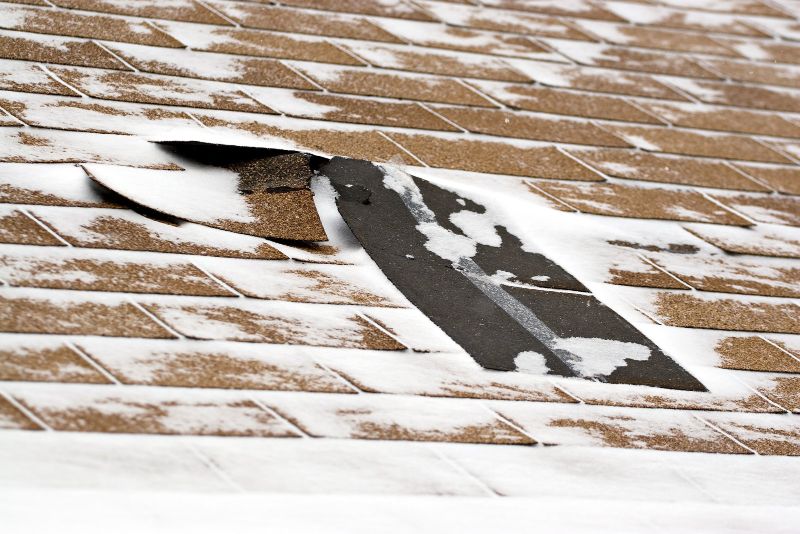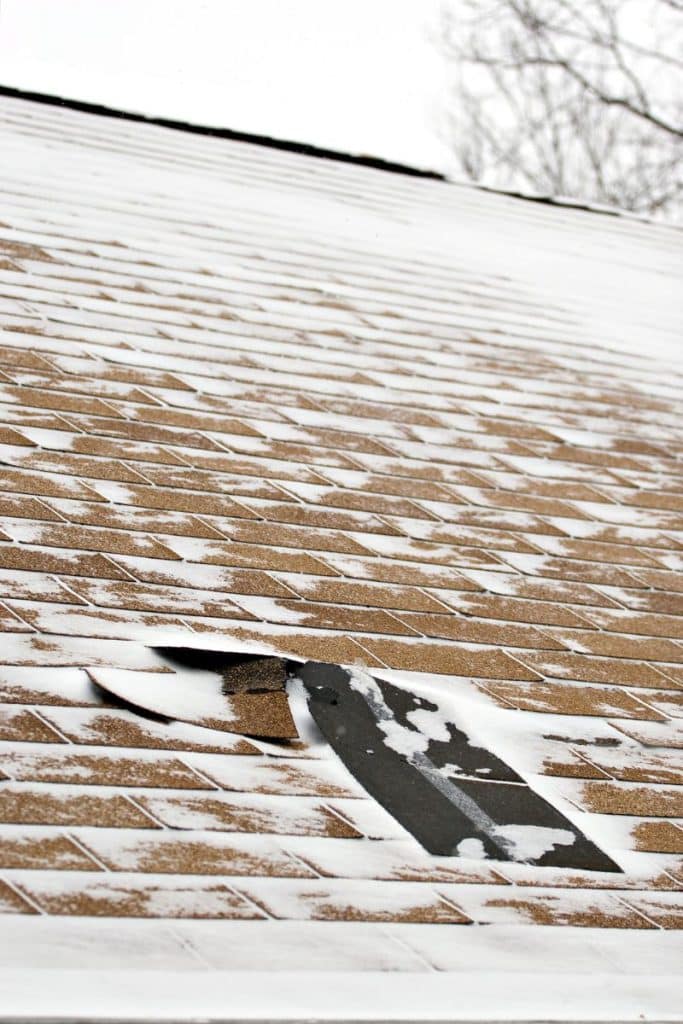Your roof is one of the most critical components of your home. It provides protection from the elements, insulates your living space, and contributes to the overall structural integrity of your house. However, your roof is exposed to harsh weather conditions, temperature fluctuations, and wear and tear over time. This constant exposure can lead to roofing damage if left unattended. This article explores what to look for in the early detection of roofing damage.

The Importance of Early Detection
Roofing damage can manifest in various forms, and its severity can range from minor issues like loose shingles to significant problems like water leaks and structural damage. According to the seasoned contractors behind Mr. Roof, detecting roofing damage early can significantly affect the cost and the extent of repairs needed. Here’s why early detection is crucial:
- Cost Savings: Addressing roofing problems when they are minor can save you a considerable amount of money. Small issues can often be fixed with minimal cost and effort, but if left unattended, they can escalate into major repairs or even a complete roof replacement.
- Prevent Structural Damage: Roof damage can lead to water leaks that can damage your home’s structure, including the walls, ceilings, and insulation. Detecting the problem early can prevent extensive damage to your property.
- Enhance Longevity: Regular inspections and early detection of issues can extend your roof’s lifespan. A well-maintained roof can last for decades, providing long-term protection for your home
What to Look For
To ensure early detection of roofing damage, you should regularly inspect your roof. While it’s advisable to have a professional roofer perform a detailed inspection at least once a year, homeowners can also conduct preliminary checks to identify potential issues. Here’s what you should look for:
Missing or Damaged Shingles
Shingles are crucial in protecting your roof from the elements. Inspect your roof for:
- Missing shingles: If you notice any absent shingles, it’s a clear sign of potential roofing damage. Missing shingles expose the underlying structure to water and can lead to leaks.
- Curling or cupping: Shingles that are curling or cupping are a sign of wear and tear. This can be caused by age or weather, as well as improper installation. Damaged shingles need to be replaced promptly.
- Cracks or tears: Look for cracks or tears in shingles. These can allow water to seep through, damaging the underlying materials.
Granule Loss
Asphalt shingles are often coated with tiny granules that protect them from UV rays and enhance their durability. If there is a buildup of granules in your gutters or downspouts, it’s an indication of shingle degradation, making your roof more vulnerable to damage from the sun and rain.
Water Stains on Ceilings
Sometimes, roofing damage manifests as water stains on your home’s interior ceilings and walls. For any discoloration or water spots, investigate the source of the leak promptly. Ignoring these stains can further damage your roof and home interior.
Sagging Roof
A sagging roof is a clear indication of structural damage. Various factors, including the weight of accumulated snow, water damage, or a weakened roof frame, can cause it. If you notice a sagging roof, it’s crucial to address the issue immediately, preventing further damage.
Algae, Moss, and Lichen Growth
Algae, moss, or lichen growth on your roof may not seem like a significant issue initially, but it can lead to problems over time. These organisms can trap moisture, accelerating shingle decay and weakening your roof’s integrity. Regularly removing these growths can help extend the life of your roof.
Damaged Flashing
Flashing is the material installed around roof penetrations such as chimneys, skylights, and vents to prevent water from seeping in. If the flashing is damaged, improperly installed, or missing, it can lead to leaks. Inspect your flashing for signs of wear, rust, or damage, and address any issues promptly.
Regular Maintenance Tips
In addition to periodic inspections, regular maintenance can go a long way in preventing roofing damage. Here are some essential maintenance tips to keep your roof in good condition:
- Trim Overhanging Branches: Overhanging branches can scratch and damage your roof, especially during high winds. Trim back branches that come into contact with your roof to prevent potential damage.
- Clean Debris Regularly: Regularly clean your roof and gutters to prevent debris buildup, which can trap moisture and lead to damage.
- Clear Snow and Ice: In regions prone to heavy snow and ice, clear your roof to prevent excess weight from damaging the structure. Ice dams can also form along the roof’s edge, causing water to seep under shingles.

Your roof is a vital part of your home, and early detection of roofing damage is crucial to maintaining its integrity and protecting your property. By regularly inspecting your roof for signs of damage, conducting routine maintenance, and addressing issues promptly, you can extend the life of your roof and prevent costly repairs. Remember that when in doubt, it’s best to consult a professional roofing contractor to ensure your roof remains in optimal condition. Early detection and preventive measures will help you enjoy a safe and comfortable living environment for years.
